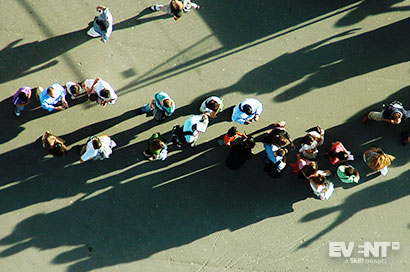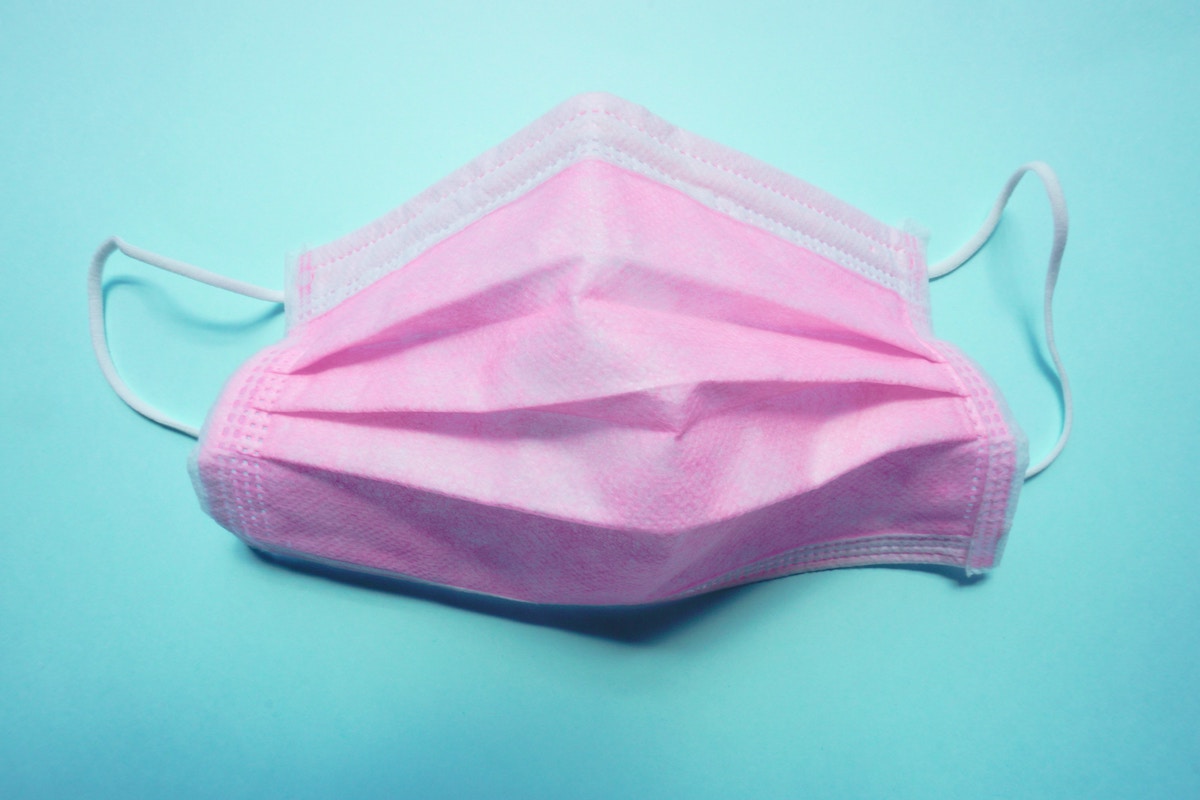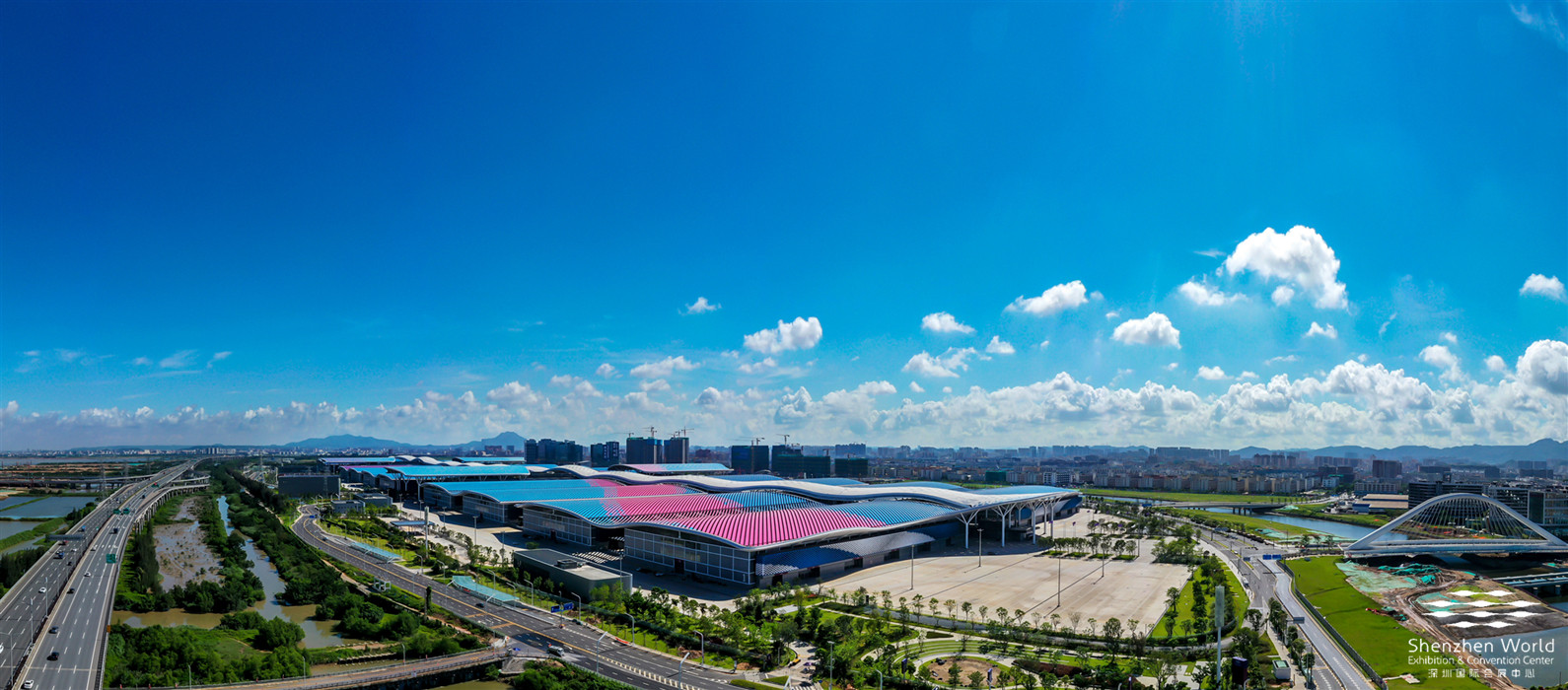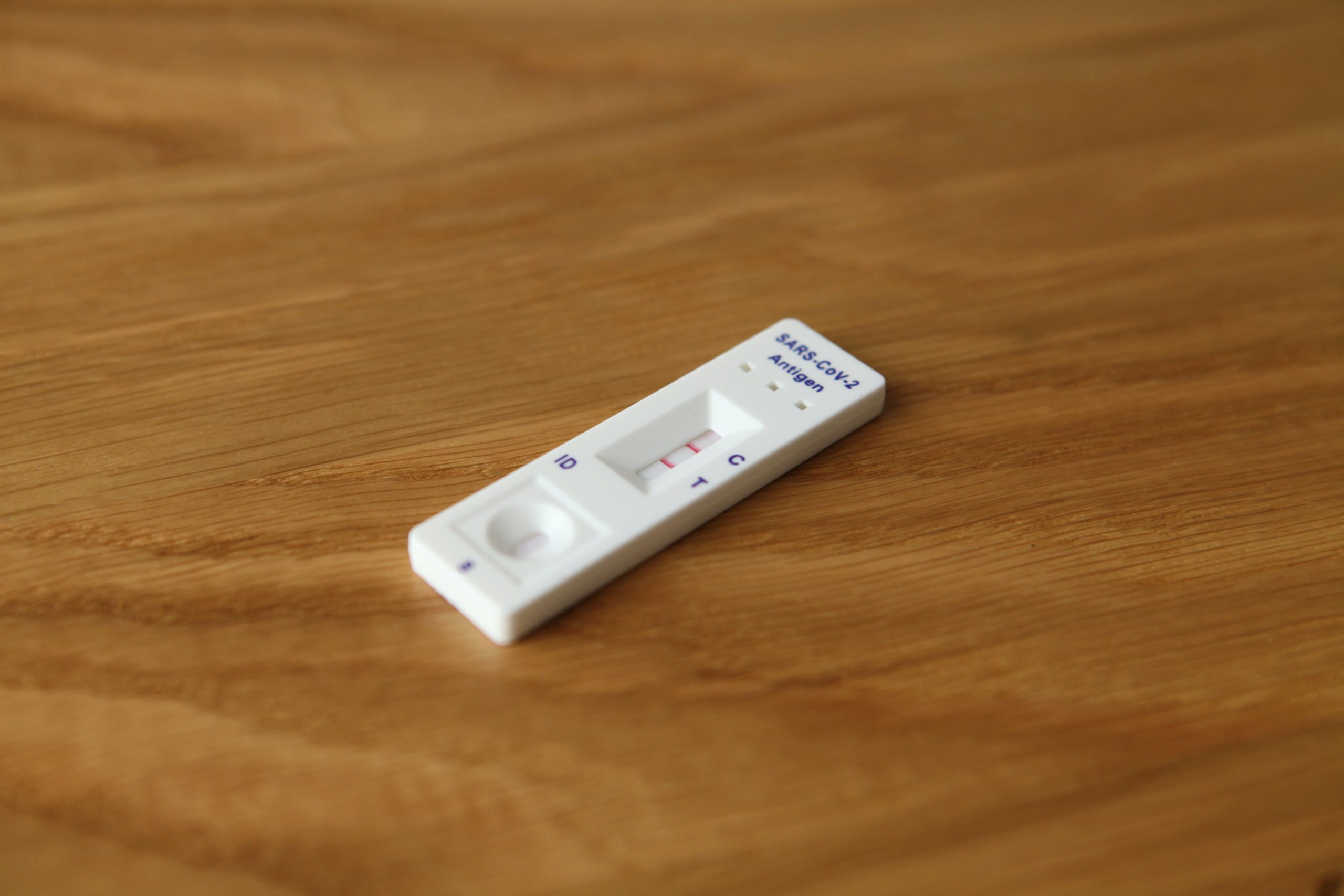Skift Take
As physical events slowly resume, there will be a lot of trial and error involved in their organization. Social distancing is the one proven method of risk mitigation, so points of congregation are a concern. Here's how to prepare for unavoidable queueing at events.
Physical events present countless challenges for both planners and venues in the age of coronavirus. Although countries and US states are starting to reopen, Covid-19 is still a very real threat, and it will make planning in-person events particularly difficult.
Those that are permitted — largely small, local events for the foreseeable future — will be required to implement restrictions and procedures to attempt to ensure the safety of everyone in attendance. This will include strict social distancing measures and possible temperature checks, which will complicate one of the most common and largely inevitable part of events: queueing.
Many people closely lining up at an event is the epitome of what not to do during a pandemic, so event organizers will need to be proactive and implement solutions to safely handle queues. Here are some considerations for managing long lines at post-lockdown events.
Queueing Concerns
When it comes to attendees lining up at an event, there are some simple, relevant rules that have become widespread over the past few months, including providing masks upon arrival and having everyone stand at least 6 feet (about 2 meters) apart. This will likely be the minimum requirement at events, but it is far from a perfect solution on its own.
For starters, many people don’t know what those distances amount to when gauging the space between themselves and another person, and it’s easy to forget about when constantly moving forward in a line or chatting with people nearby.
In addition, many events only have a few main entrances, meaning that all attendees — potentially thousands of people — have to file through limited entry points in order to access the event. This also generally takes place in a short window of time, given that most people will arrive and check-in shortly before the set starting time for the event.
These are all factors to keep in mind as potential obstacles to proper social distancing.
Enhancing Safety While Queueing
Limit Lining Up
The most obvious way to keep queues under control and as safe as possible is to minimize the number of people lining up. Virtual components will be essential as physical events start back up, and with the CDC still stating that entirely virtual gatherings still present the lowest risk, this is an important option to offer to attendees. Allowing people to easily join online will help limit the amount of in-person attendees.
If the venue has multiple entrances, make use of them and set up lines at each one, or as many as possible. Try numbering or lettering the entrances and assigning them to attendees prior to the event so that everyone knows exactly where to go and you can more easily ensure an equal number of people queueing at each entrance.
Depending on the format of the event, it may be possible to incorporate timed entries to avoid having everyone arrive at the same time. For example, you may give attendees different time slots when registering for the event that would allow for staggered arrivals. You may also consider offering key event sessions in the morning and afternoon, with half of the participants allowed to attend each.
Utilize Outdoor Space
If there is an area outside the venue that can easily be blocked off to allow attendees to line up before entering the venue, look into doing so.
The CDC guidelines also indicate that outdoor events present a somewhat lower risk, and preliminary studies have shown that the risk of spreading the virus is lower outside. It may not always be realistic to hold the entire event outdoors, but having people wait in line outside the venue may be an effective way to minimize risk.
Speed Up Check-In
Another way to reduce the chances of attendees spreading the virus while in line is to limit the amount of time they’re spending there. Especially when it comes to check-in, it’s a good idea to look into and invest in tools that can help speed up the process.
RFID can be incredibly helpful when processing long lines, and it also allows for a relatively safe check-in given that it’s completely contactless. Facial recognition is another option, although it should be assumed that not all attendees will opt-in to the feature. Check-in kiosks that allow for self check-in can also help speed up the process, but they would need to be placed an adequate distance apart and be sanitized between each use.
Enable Virtual Queueing
Mobile queueing technology could also be applied to events as this allows attendees to virtually be added to a queue without having to physically wait in line. When waiting for access to a session or an exhibit hall, for example, attendees could add themselves to the queue via a mobile app, wait in a safe and socially distant area, and be notified when it’s their turn to check-in.
Consider All Lines
Although check-in will likely present the biggest challenge in terms of maintaining a safe environment while queueing, it’s important to think about any and all situations for which attendees will have to stand in line throughout the event.
For example, make sure the ratio of restrooms to attendees is adequate to discourage lines from forming, and offer frequent breaks to avoid rushes. Ensure that session rooms are open early to avoid queues forming outside them, or use a system of alerts to let people know when it’s safe to come.
Particularly for sessions, managing the arrival and departure of attendees is important to prevent people from meandering and congregating. Ensure that an order of entry is established among attendees and that it is easy for them to quickly find their place, both in the line and once they enter the session room, in an orderly fashion.
Include Signage and Markings
Wherever you anticipate a line forming, be sure to make liberal use of visual indicators to make sure attendees know where to go and what to do. These may include floor markers to enforce the distancing guidelines, signs to direct the flow of traffic, or simple directives reminding attendees of the process.
IN CONCLUSION
The events industry continues to face ongoing challenges in the wake of the Covid-19 pandemic, and planning physical gatherings in the next few months may be one of the toughest yet.
It will be crucial for planners to stay up-to-date with the latest safety guidelines, as well as the newest tools and technologies, in order to adequately manage queues of in-person attendees as safely as possible.





